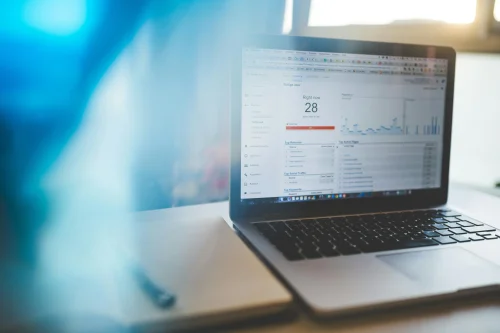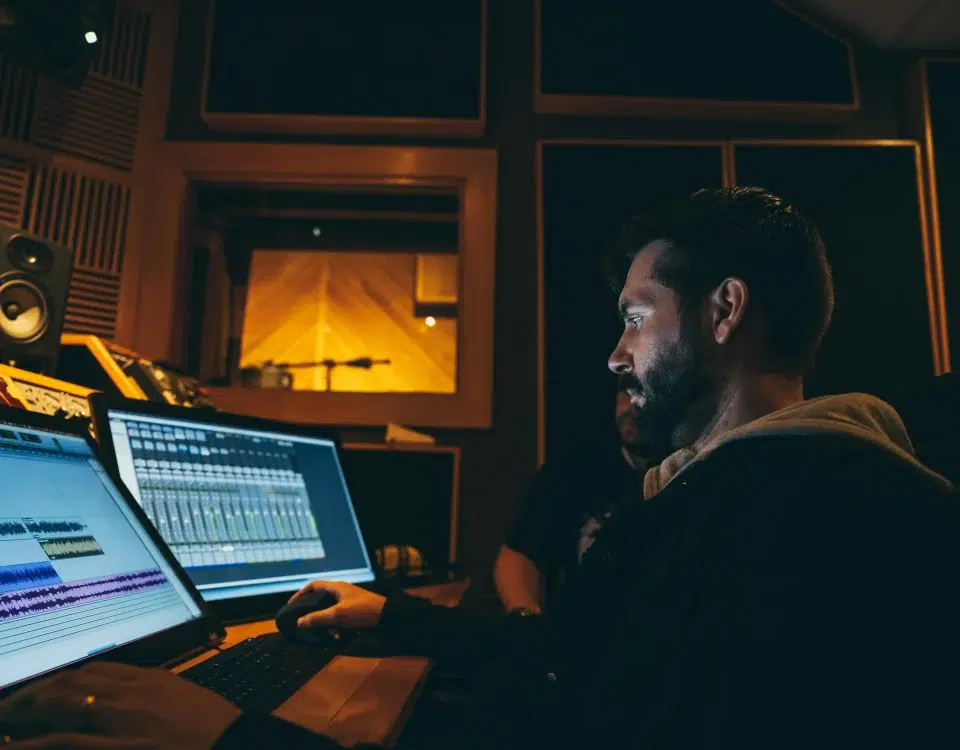
Is the Future of Afrobeats Dependent on these Artists?

Music Business Academy for Africa Wraps Up Successful 2023/2024 Programme
In recent times, the music industry has undergone a transformative shift, with data and analytics emerging as useful tools for artists and industry professionals. The intersection of data collection and analytics in music, especially through social media and music distribution platforms, is revolutionizing the way artists connect with their audience and ultimately, how marketing strategies are determined.
The Power of Data:
Data collection has become synonymous with understanding listener behavior and trends. Social media platforms like Tiktok and Youtube serve as a treasure trove of information; offering real-time insights into the audience demographics, geographic locations, and sometimes, the motivation behind their music consumption. This insight allows artists to tailor content to specific audiences and channel marketing efforts towards the satisfaction of listeners and fans on (specific) channels.
Music distribution platforms play a crucial role in data collection. Streaming services, for example, track both the number of plays, user-generated playlists and listener engagement metrics. This fine tuned level of data drives artists, labels and marketers to gauge the popularity and (potential) impact of specific tracks, identify emerging trends, and adapt strategies accordingly to drive maximum results and profit.
The Role of Analytics in Music Marketing:
Analytics serves as the bridge between raw data and actionable insights. In the context of music marketing, it is like having a guide through the maze of audience behavior. Analytics platforms help interpret the collected data, providing a comprehensive understanding of the audience behavior. Artists can turn to data to find out which songs in their catalog resonate the most, at what times their audience is most active, and how effective their marketing campaigns are in converting engagement into actual listenership or purchase leads.
Social media analytics tools also offer detailed metrics on post reach, engagement rates, and audience demographics. Tiktok, a short form video-to-music app, employs an analytics system that provides creators with insights into their content performance. Creators can access data on post reach to measure how many users have viewed their videos. Engagement rates including likes, comments, and shares can also be tracked, offering a comprehensive understanding of audience interaction. From the information and data gathered, artists can refine social media strategies, ensuring they resonate with their target audience.
Analytics play a pivotal role in measuring the success of advertising campaigns on these platforms, allowing for data-driven, informed adjustments to maximize impact.
Navigating the Landscape of Music Distribution Platforms:
As music distribution platforms continue to evolve, they do more than facilitate the dissemination of music. These platforms employ algorithms that analyze user behavior to create personalized playlists and recommendations. For artists, understanding how these algorithms work can be a game-changer. By optimizing metadata, utilizing strategic keywords, and fostering engagement, musicians can increase the likelihood of their music appearing in curated playlists, expanding their audience reach.
Also, analytics within distribution platforms helps artists to walk through the entire listener journey. From the moment a listener discovers a song to the number of repeat listens, every step can be tracked and analyzed. This information is instrumental in shaping not just the subsequent marketing strategies, but also influencing the creation of future content that aligns with audience preferences.
In conclusion, the intersection between data collection and analytics in the music industry, particularly through social media and music distribution platforms is reshaping how artists approach their craft and market their work. It’s more than just charts and numbers; it’s about building connections, telling stories, and navigating the digital landscape with authenticity.
By leveraging the power of data, artists can enhance their understanding of their audience by building connections on a more personal level, ultimately driving success in an ever-evolving digital landscape.
Written by: Tolulope Ambali
Have you read “Is the Future of Afrobeats Dependent on these Artists?“







